“Lean Lipo” Is the Newest Addition to the Body Contouring Toolkit
This next-gen technique works with your workouts—not for them.
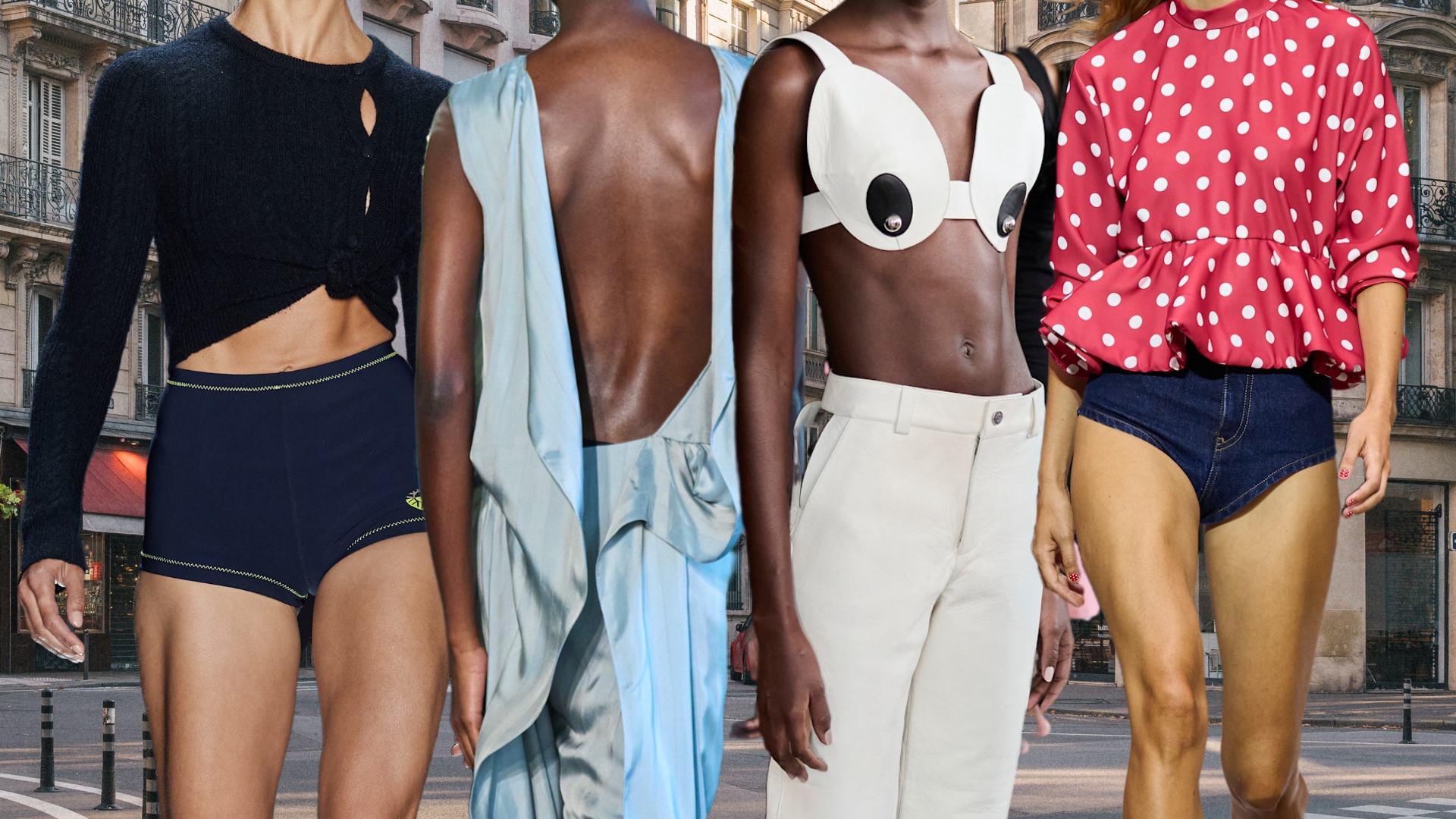

Let’s (hypothetically) say a young, healthy woman regularly does hundreds, even thousands, of squats. She’s sculpted her arms over the course of three months. The scale has budged past those stubborn five pounds, and her (only-she-noticed-it) double chin and cellulite are no longer a focal point. It sounds like she’s been leading a healthy lifestyle and making time to hit the gym. She has—but she’s also been spending time in her plastic surgeon’s office.
Over the past decade, the body contouring and sculpting toolkit has become a robust (albeit expensive) resource for patients seeking an extra bit of definition and tone. First, it was CoolSculpting, a fat-freezing technology, and Kybella, a fat-dissolving injection. Then came Emsculpt Neo, an energy device that stimulates muscle contractions, and Sofwave, a radiofrequency skin-tightening and defining device, followed by Avéli, a fibrous band-snapping innovation that permanently removes dimples from the upper thighs and buttocks.
In 2025, nearly imperceptible aesthetic improvements have become the expectation. Everyone is aggressively itching for an “invisible” facelift and or a fountain of youth facial. It’s the beauty version of quiet luxury. So it shouldn’t be a surprise that the newest addition to the body contouring rolodex is following suit. “Lean lipo” is the latest buzzy cosmetic procedure in 2025, aka a toning treatment designed to look like you never spent time at a plastic surgeon's office.
The gist: “Lean lipo allows the liposuction to create or enhance the contours associated with natural, underlying muscular anatomy,” says board-certified plastic surgeon Charles Galanis, MD. It’s not dead set on debulking a stubborn bra roll or back fat like traditional liposuction, but it is hyper-focused on revealing muscle definition.
A post shared by David Shafer, MD, FACS (@shaferclinic)
A photo posted by on
The rise in “lean lipo” is two-fold. First and foremost, liposuction as a whole is on the rise. The American Society of Plastic Surgery reports that it’s the single most popular body treatment, with 349,728 individuals receiving liposuction in 2024—a one percent increase from 2023. This feels particularly noteworthy given that we are in the midst of the GLP-1 revolution (according to a RAND report, 12 percent of Americans have used a GLP-1). The reality is: the best liposuction patients are those who are damn near close to their goal weight, perhaps achieved with the help of a GLP-1, a healthy lifestyle, and regular muscle-building workouts. “Lean lipo is best for patients who are already fit. It’s not about taking off pounds—it’s about refining what’s already there and revealing the underlying definition,” says board-certified plastic surgeon Ira Savetsky, MD.
However, the industry has also reached a point where forward-thinking techniques, wielded by expert physicians, now have the technology available to hone their already expert craft. “Modern tools like power-assisted or ultrasound-assisted liposuction, and adjuncts such as energy-based skin tightening, help refine results and allow for more precise sculpting than ever before,” adds Dr. Savetsky. There are tools like Renuvion, which was FDA-approved in 2023, and AYON, which was FDA-approved in 2025, that use plasma and ultrasound energy, respectively, to “sculpt the fat before removal and contract the skin after fat removal.”
In other words, it’s no longer just about removing fat—it’s about revealing form that reflects the reality of effort: gym time, healthy eating, a balanced lifestyle, and if you so choose, getting a little extra help from the aesthetic toolkit.
Get exclusive access to fashion and beauty trends, hot-off-the-press celebrity news, and more.
How Is "Lean Lipo" Different From Regular Liposuction, Exactly?
Let’s clear something up: liposuction, which has been around for nearly half a century, was never intended to be a fat removal procedure. A typical liposuction treatment removes between five and eight pounds, depending on the patient. “The best patients are actually those who are in shape but have trouble areas where they still have fullness, such as the jawline, male chest, abdomen, love handles, inner thighs, and knees,” explains board-certified plastic surgeon David Shafer, MD. He likens a typical liposuction procedure to “letting a little air out of a balloon.”
“Lean lipo,” on the other hand, is a contouring treatment by design, intent on revealing the musculature that’s simply hiding underneath a small layer of fat. The term itself was coined by Dr. Alfredo Hoyos, a plastic surgeon based in Bogota, Colombia, and implies that a special type of liposuction called VASER (vibration amplification of sound energy at resonance) liposuction is being used.
Think of your body like an almost-finished Michelangelo sculpture, and the liposuction cannula as the spatula that’s going to chisel out the abs and quads.
Dr. David Shafer
“It emulsifies fat cells and allows for more precise and selective fat removal, with considerably less trauma,” explains Dr. Galanis. It also allows the plastic surgeon to “highlight natural shadows—like along the waist, deltoids, triceps, and to enhance the vertical shadows on the abdomen—rather than aggressively carving out muscles,” says Dr. Savetsky. Translation: it’s not going to give you a six-pack out of nowhere, but it will present your hard work at pilates in the best light possible.
Am I a Good Candidate for Lean Lipo?
The procedure works best for patients who are already at a healthy weight and have specific problem areas—or who want additional refinement and definition in certain areas of their body. For example, I’m at a healthy weight and work out regularly, but have stubborn fat pockets on my upper arms—so I’ll be getting lean liposuction on my arms later this month (stay tuned for a recap!).
Weight isn’t the only factor to consider, though. Skin quality plays a massive role in the outcome. “Patients with good elasticity will see smoother, more natural results,” says Dr. Savetsky. “Younger patients, or those who haven’t experienced major weight loss or pregnancy, tend to have better skin tone and therefore tighter contours after the procedure.” For patients with less-than-ideal skin quality (such as crepey skin, loose skin, or thin skin), using energy-based skin tightening techniques, like Renuvion or Morpheus8, can be a very helpful tool to give the skin a bit more of that snap-back quality.
Where Can I Get Lean Lipo?
I’m not your doctor, and there’s no universal answer to this question, so your best bet is to talk with your board-certified plastic surgeon about what makes the most sense for your body. That said, common zones include the abdomen, waist, flanks, back, arms, and thighs, says Dr. Savetsky. “It can also be used effectively around the chest and shoulders to highlight subtle definition. The key is choosing areas where removing small, precise amounts of fat will enhance natural shadows rather than create harsh or unnatural lines,” he adds.
Does Lean Lipo Make Muscles Look Bigger?
“Lean lipo” isn’t going to magically create muscles that don’t exist—but it will dramatize your existing physique. Think of your body like an almost-finished Michelangelo sculpture, and the liposuction cannula as the spatula that’s going to chisel out the abs and quads. “I like to tell patients that if there is a six-pack already underneath their fat, then we can reveal it by removing the fat,” says Dr. Shafer.
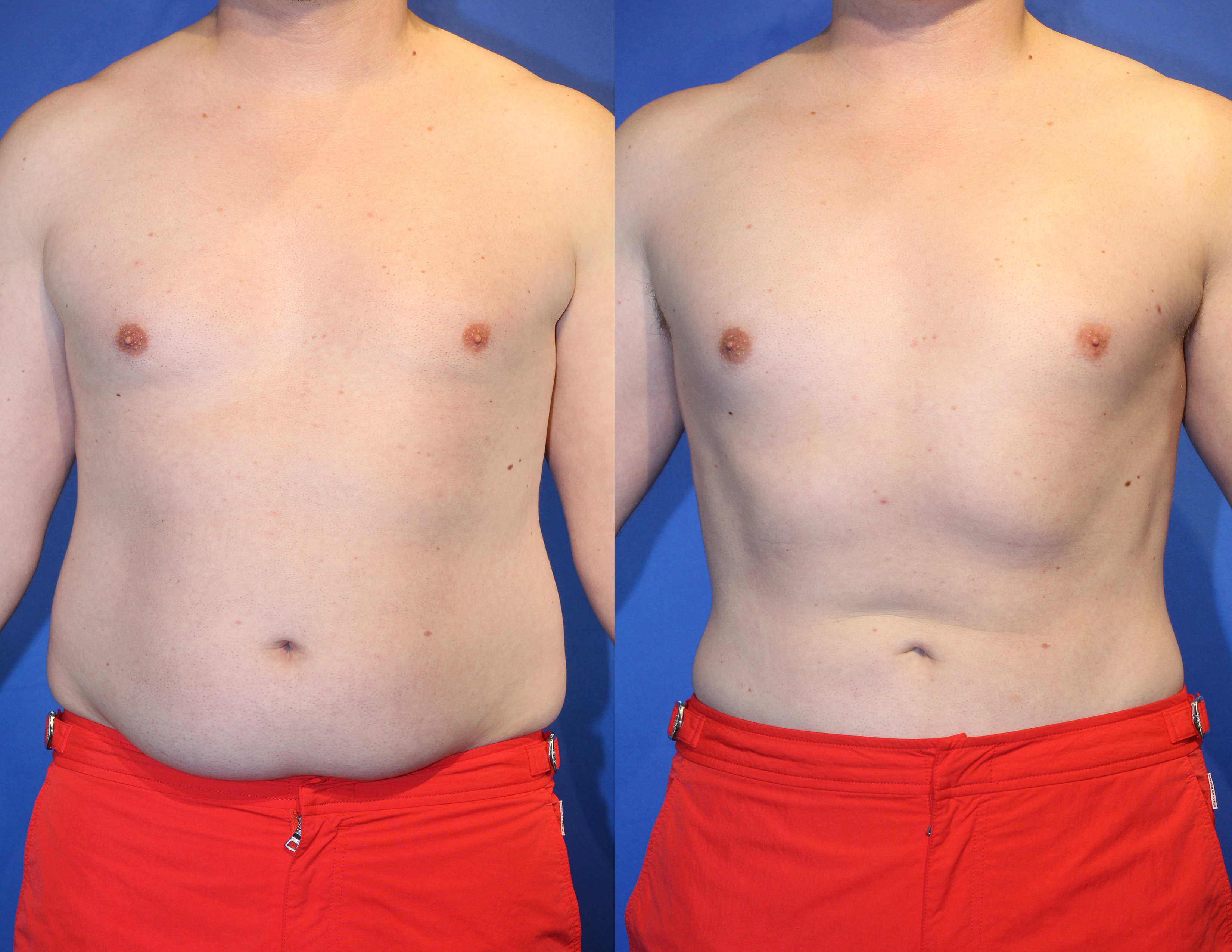
Ian Michael Crumm, a male patient, before and after receiving "lean lipo" from Dr. Savetsky.
Do I Need Anesthesia for Lean Lipo?
Just because liposuction can be done without anesthesia doesn’t mean you want to go that route. Personally, knock me out. “It’s most commonly done under general anesthesia, especially in cases of ‘lean lipo’ when we are attempting to create noticeable areas of definition,” says Dr. Galanis.
How Long Does It Take to Recover from Lean Lipo?
The healing process exists on a very big spectrum. How intense the healing process is and how long it lasts is largely related to the number of areas treated (if you have ‘lean lipo’ on your stomach, legs, and back, it’s going to feel much more intense than, say, just your arms). “Some patients will have minimal to no downtime, whereas others can expect a week of discomfort,” says Dr. Galanis. “Bruising should resolve in a few weeks, and patients should expect to wear compression garments for at least several weeks post-op.”
Your doctor will also likely suggest post-operative lymphatic drainage massage to help with fluid retention and swelling, as well as avoiding workouts for four weeks. “It’s important to note that each patient should follow their specific provider's instructions to get the best outcome,” says Dr. Galanis.
What Are the Risks Associated With Lean Lipo?
No surgery is without risks. The best way to limit your chance of developing an infection, deformity, blood or heart concerns is to choose a well-respected, board-certified physician and follow all pre- and post-operative instructions. But if you're a good candidate with a healthy lifestyle who understands the risks and limitations of the procedure, there's no reason why you shouldn't explore lean lipo as a body contouring option.
Why Trust Marie Claire
For more than 30 years, Marie Claire has been an internationally recognized destination for news, fashion and beauty trends, investigative packages, and more. When it comes to the products Marie Claire recommends, we take your faith in us seriously. Every product that we feature comes personally recommended by a Marie Claire writer or editor, or by an expert we’ve spoken to firsthand.
Meet the Experts
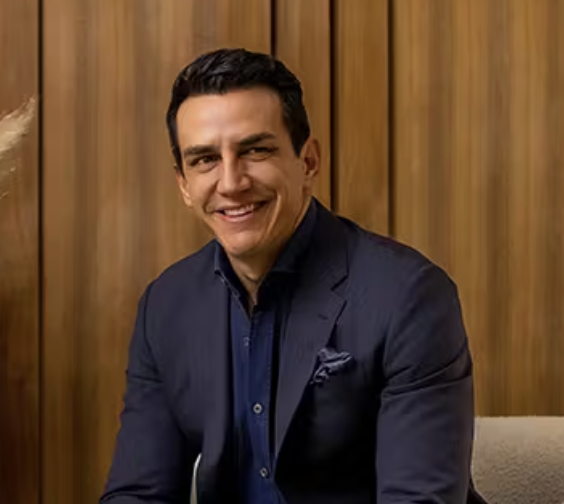
The Beverly Hills leader in precision, artistry, and patient-centered care. At the intersection of surgical mastery and artistic vision, Dr. Charles Galanis has built a reputation as one of Beverly Hills’ most sought-after plastic surgeons. His philosophy is simple yet profound: every patient deserves expert-level care, customized procedures, and results that enhance natural beauty to help patients feel like their best selves.
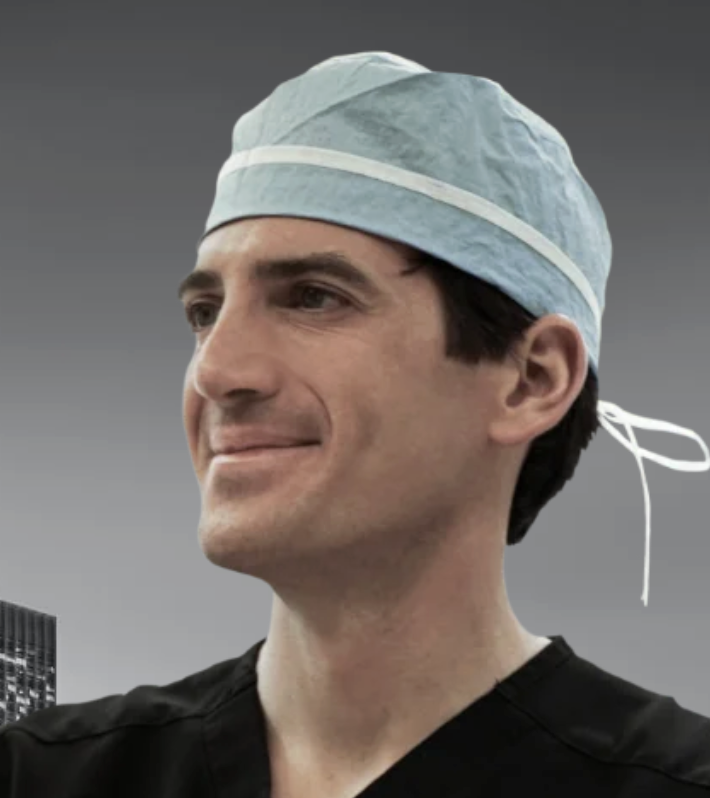
Dr. Ira L. Savetsky is a board-certified plastic surgeon who specializes in aesthetic surgery of the face, nose, breasts, and body. His background includes an unrivaled level of education and training in aesthetic procedures, as well as reconstructive, microvascular, and craniofacial surgery. Dr. Savetsky has trained with pioneers and leaders in plastic surgery at some of the most prestigious medical institutions in the world. In addition, he completed a highly competitive plastic and reconstructive surgery residency at the NYU Hansjörg Wyss Department of Plastic Surgery — ranked as the number one training program in the country. Dr. Savetsky is also one of few plastic surgeons in the country to undergo additional fellowship training in advanced aesthetic surgery at the Dallas Plastic Surgery Institute, particularly in facelift surgery and rhinoplasty. This institution is widely regarded as the top aesthetic surgery fellowship internationally.
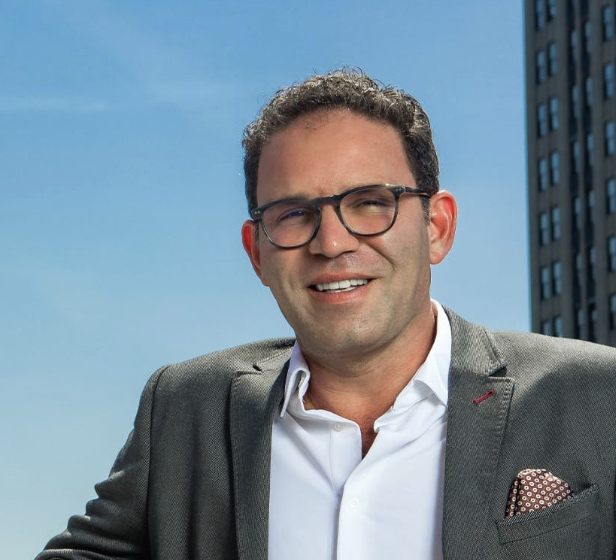
David Shafer, MD, FACS is a double board certified, award-winning New York City plastic surgeon who specializes in all aspects of aesthetic and cosmetic surgery. Dr. Shafer combines surgical and non-invasive procedures to achieve natural-looking results. Dr. Shafer is a Diplomate of the American Board of Plastic Surgery and a Member of the American Society of Plastic Surgeons. He trained at the world-famous Mayo Clinic in plastic surgery, and he brings the same concept of multidisciplinary, patient-centered care to his field of aesthetic surgery in NYC.
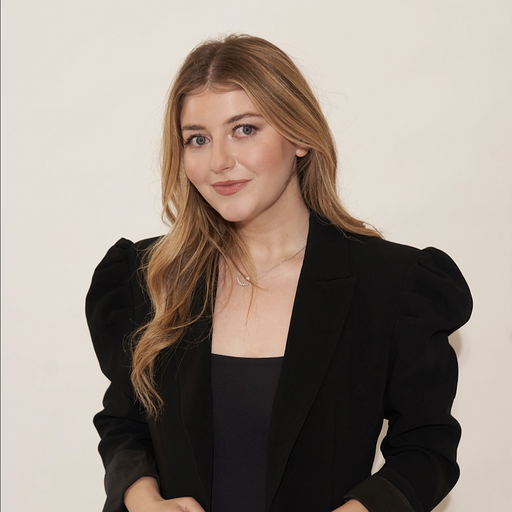
Samantha Holender is the Senior Beauty Editor at Marie Claire, where she reports on the best new launches, dives into the science behind skincare, and shares the breakdown on the latest and greatest trends in the beauty space. She's studied up on every ingredient you'll find on INCI list and is constantly in search of the world's glowiest makeup products. She's constantly tracking the biggest nail and hair trends to pop up in the beauty space, going backstage during fashion weeks, tracking celebrity looks, and constantly talking to celebrity hair stylists, nail artists, and makeup artists. Prior to joining the team, she worked as Us Weekly’s Beauty and Style Editor, where she stayed on the pulse of pop culture and broke down celebrity beauty routines, hair transformations, and red carpet looks. Her words have also appeared on Popsugar, Makeup.com, Skincare.com, Delish.com, and Philadelphia Wedding. Samantha also serves as a board member for the American Society of Magazine Editors (ASME). She first joined the organization in 2018, when she worked as an editorial intern at Food Network Magazine and Pioneer Woman Magazine. Samantha has a degree in Journalism and Mass Communications from The George Washington University’s School of Media and Public Affairs. While at GWU, she was a founding member of the school’s HerCampus chapter and served as its President for four years. When she’s not deep in the beauty closet or swatching eyeshadows, you can find her obsessing over Real Housewives and all things Bravo. Keep up with her on Instagram @samholender.